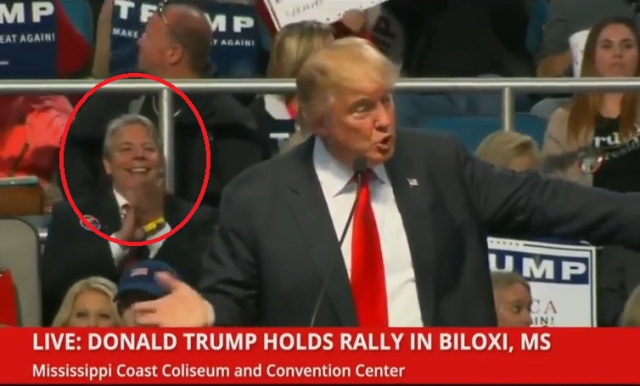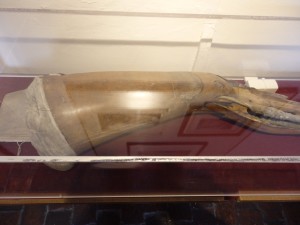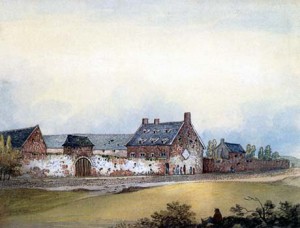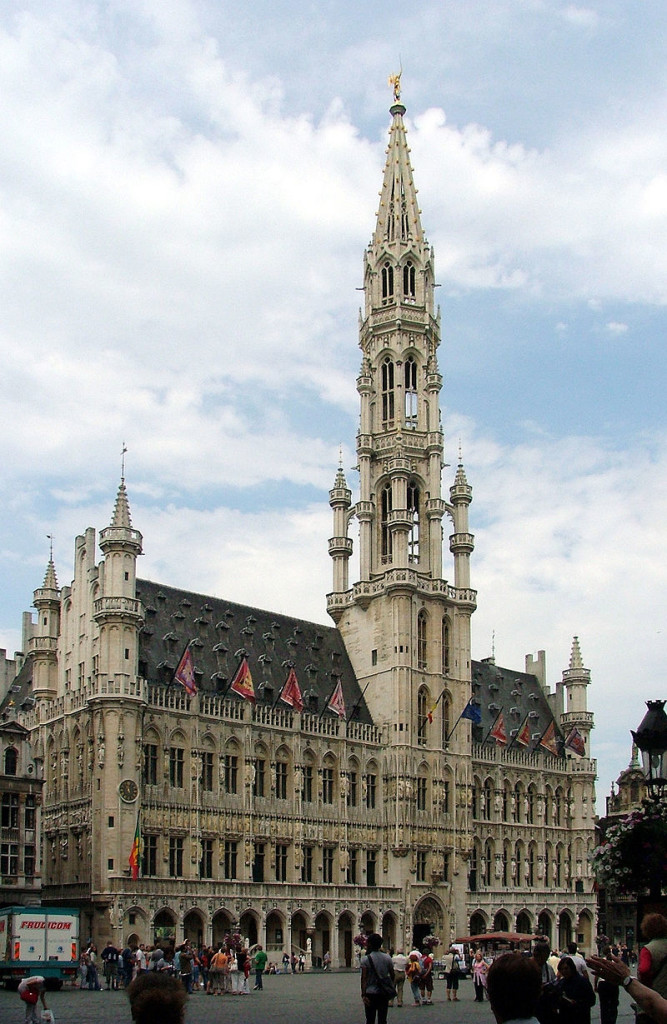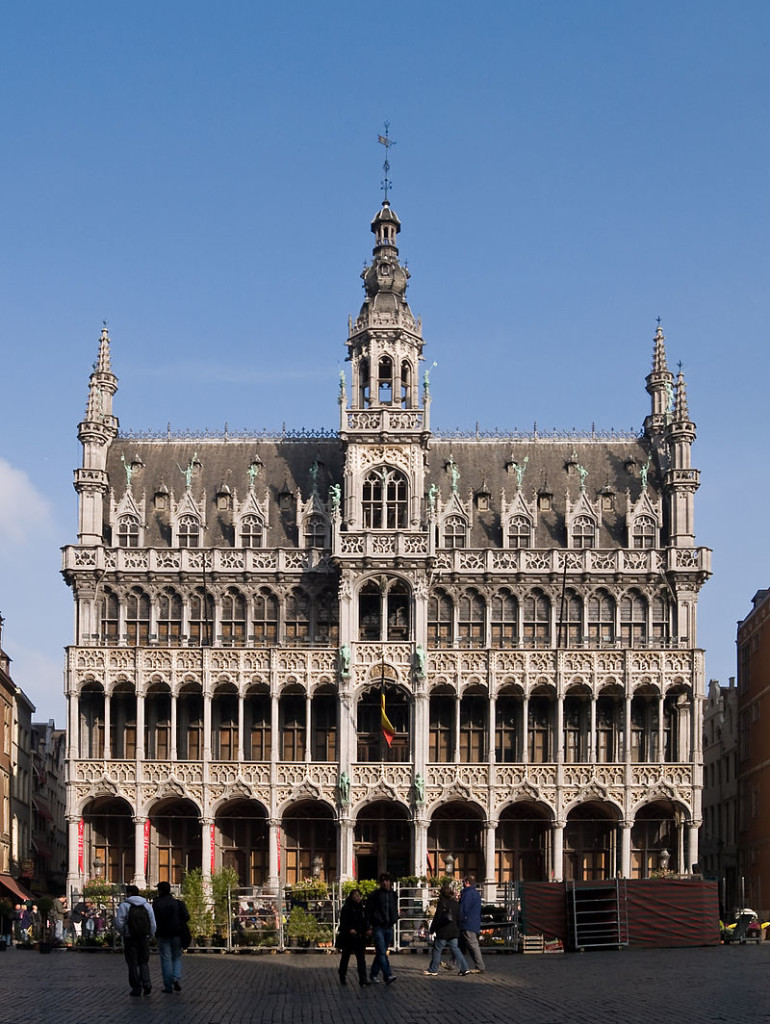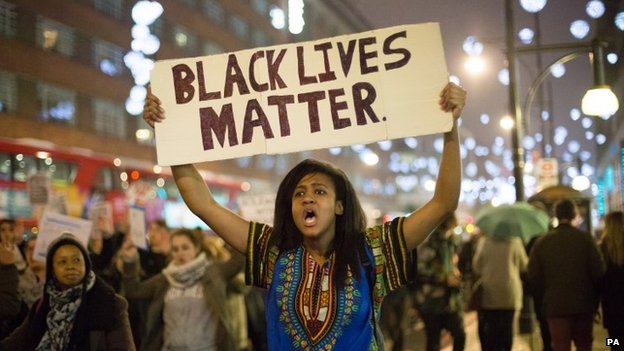It is quite unlikely that the election fraud can be reversed before Biden is sworn in. I don’t expect any of the nonsense the left has been predicting if that occurs. Trump will leave office peacefully but will not attend the “inauguration,” which will probably be “virtual” anyway.
What will he do next ? He is the titular head of the Republican Party, and the choice of 98% of the 75 million voters who supported him. He got 10 million additional votes this year compared to 2016.
<a href=”https://www.powerlineblog.com/archives/2020/12/why-the-future-is-trumpist-1.php”> Here is one observation.</a>
Trump may or may not purposely dominate the political scene in the background as Teddy Roosevelt did from 1909 – 1912 and then run again in 2024, but I argue that Trumpism will dominate the scene for a long time to come, and that any successful GOP presidential nominee will need to be a Trumpist. I go further, in fact, and believe the shuffling of the issue map and the realignment of voting coalitions are as substantial as FDR and the New Deal—and it took FDR four terms to effect that change.
I don’t see Trump running again in 2024. He will be as old as Biden is now and, while he is a good deal healthier than Biden is, the party will need new blood to carry on. What then?
<a href-=”https://althouse.blogspot.com/2020/12/trump-bows-to-reality-asks-confidants.html”> This does not seem realistic. </a>
“I received a call from President Trump last week. We chatted about the election briefly [and] he made it clear that he wasn’t giving up on fighting for a second term,” said Eric Bolling, a Sinclair host and friend of the Trump family who appeared on Trump’s reality TV show years ago. “I mentioned to him that I believe whatever happens with the legal fights, he would emerge as the biggest media personality on the planet. Trump has a clear opportunity to be a media mega-personality post-presidency.”
“I think an Apprentice/Celebrity Apprentice revival would be a humongous hit,” Bolling added. “This iteration would be ratings gold for whomever is fortunate enough to get the reboot.”
That is the least likely possibility, in my opinion.
What else?
I’d rather see Trump get involved with something like Newsmax or just generally working to increase the conservative footprint in news media. Since Fox News has become sort of like the Justice Roberts of the news world, there’s a very real opportunity to capture a very large and underserved audience. And with the tech monopolists brazenly practicing story suppression for the Dems, it’s more important than ever.
That is a thought. How about this ?
In my opinion Trump should get together with someone like Vince McMahon and invest in something like Parler, expand the platform to take on twitter and facebook simultaneously. I’d bet taking them down a peg or two would be two would be very satisfying to him, and it would be a huge platform if it worked.
There is a good chance that he will be blocked on Twitter after he leaves office, although Twitter would be foolish to do so financially. Parler is an alternative, as iWe is an alternative to Facebook. I have joined both but not used them significantly. I never joined Twitter and have used Facebook mostly for baby pictures and the like.
Would he stay in the hotel business ? His kids have been running much of that the past five years and , while some like Ivanka might have political ambitions, I don’t see him getting back into development. My personal opinion is that the consequences of the virus and the insane reaction by Democrat Mayors and Governors have killed many cities. New York City is bleeding emigrants.
It will be interesting to see if he chooses to supervise the transition of the GOP from a corporate, Chamber of Commerce, party to a populist one. I think that is coming and he is the likely one to lead it. Third parties do not do well in our binary system. The old Republican Party, and many of its stalwarts, like Mitch McConnell, seem out of date, if not beholden to China. Ross Perot and Sarah Palin were warnings ignored. The Tea Party was an attempt that failed because they (we) lacked leadership. Obama went after the Tea Party with every department of the federal government weaponized. It resembled the assault on Trump the past four years in intensity and motive.
What if the country starts to separate? If the leftist radicals behind Biden try to enact their agenda, their real agenda, we could see a cold Civil War. They would be foolish to pick a hot one with the segment of the population that is comprised of most military veterans and which owns 350 million guns. A book written about such a peaceful separation is <a href=”https://www.amazon.com/America-3-0-Rebooting-Prosperity-America%C2%92s/dp/1594036438″> “America 3.0” and might be timely.</a>
I wrote <a href=”https://www.amazon.com/gp/customer-reviews/RWZ5R2E9JPJS5/ref=cm_cr_dp_d_rvw_ttl?ie=UTF8&ASIN=1594036438″> a review of it at the time. </a>
The analysis of American history is worth the price of the book and the time to read it. I wish the recommendations for recovery were more likely to be adopted. There are some excellent points about future trends, as in medicine for example. I like some of the suggestions for defense policy. The whole thing is a nice exercise in predicting the future. I just wish it would happen that way. I previously reviewed George Friedman’s The Next 100 Years: A Forecast for the 21st Century . I think I like this one better and highly recommend it.
I was not optimistic about their suggestions in 2013 but then world has changed markedly since then. We could end up with a country that has blue crusts on each coast. The rest solid red. Chicago is a blue island that is failing. Maybe Canada would take them.


